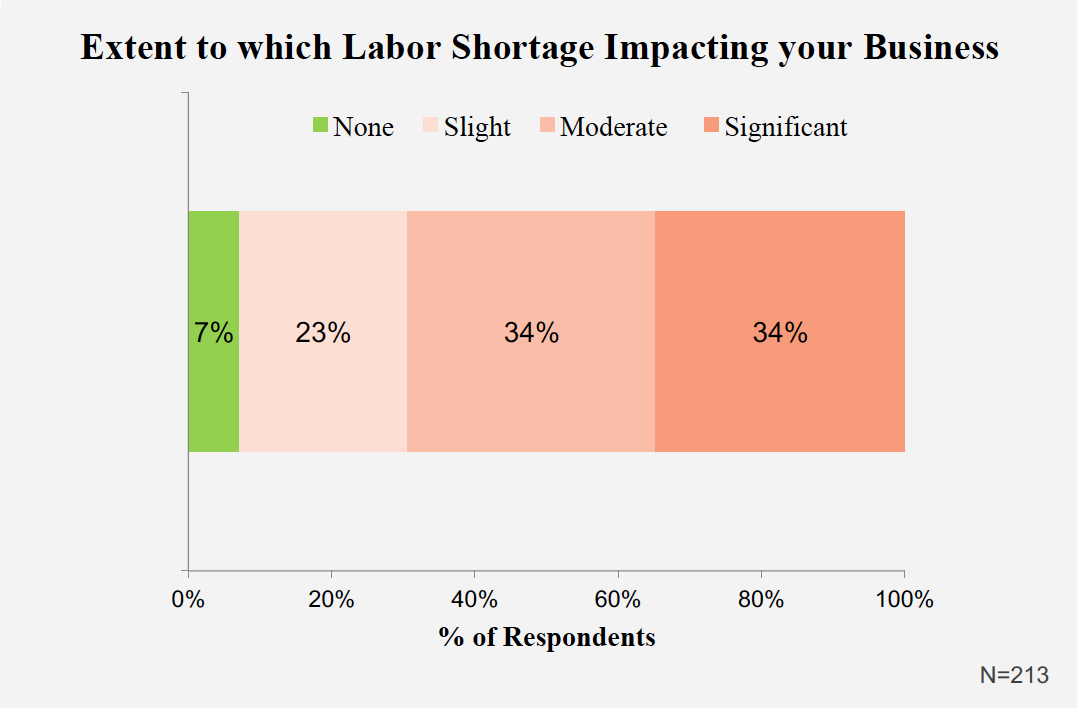Enhance Your Relationships with Effective Communication

By Melissa Lee, Marketing Communications Manager, Duro-Last.
At a time like this, it’s more important than ever to communicate regularly and openly with your employees and customers.
To establish effective communication, businesses must present themselves professionally and pay attention to the details. When representing your brand with well thought-out messaging, it not only improves productivity internally, but it increases your credibility with customers. Meaning you ultimately foster trust and stronger relationships. Below are a list of tips to help you communicate effectively and represent your brand as industry leaders.
-
Write with a purpose – Always remember the Who? What? When? Where? Why? and How? of your message. Who is affected by this or who would want to know? What is the purpose of the message? When did something happen or when does action need to be taken? Where did something happen or where do readers need to go (typically referred to as a call to action)? Why are you sharing this message and why is it important? How is the audience affected by this and how can they find out more information?
-
Write once, check twice – Proofread immediately after you write, and then again after time has passed – and do not rely solely on spell check to catch errors. The best proofreading tip is to read the message out loud, which forces your brain to focus on the words that were actually written, not what your brain THINKS you wrote.
-
Pay attention to names, titles & genders – Perhaps more embarrassing than a typo is referring to Mr. Smith as “Ms. Smith” throughout a document. Take a few extra minutes to ensure that you have spelled their name and identified them correctly.
-
Format accordingly – Understand and follow the standard format for specific types of official communication.
-
Memo – A memo is used internally within an organization to communicate specific information to a select group or all employees. They typically can include technical jargon or abbreviations because their meaning is widely recognized and understood by the internal audience.
-
Letter – Letters are intended for both internal and external communication. Separate letters should be written for separate audiences if there is specific information that each needs to know. When communicating to external audiences, use simple words and avoid technical jargon.
-
Email – Emails are intended for immediate communication with both internal and external audiences. Separate emails should be written for separate audiences if there is specific information that each needs to know. When communicating to external audiences, use simple words and avoid technical jargon.
-
-
Don’t reinvent the wheel – There are a wide range of free resources to help you communicate effectively. Below are a few to get started with:
-
Grammarly – Grammarly is a proofreading tool that helps you spot grammatical errors, typos, and awkward sentences. Download the web extension and Grammarly will correct anything written in a web browser (yes, even your Tweets and Facebook updates).
-
Readability (readable.io) – This web application helps you improve your writing by measuring the readability of your text. A readability score tells you roughly what level of education someone would need in order to read your piece of text easily.
-
Google Docs (docs.google.com) – Easy-to-use platform for creating Word docs, PowerPoints, and spreadsheets. Great tool for collaborating on a single document with multiple people. You can access the document on separate computers and see each other’s changes in real time as you type in the document. Additionally, all of your changes are automatically saved as you type.
-
Microsoft Office Templates (templates.office.com/en-us/) – Download hundreds of free templates for all of your professional documents. Pre-formatted and ready to customize for your needs.
-
Learn more about Duro-Last products in their RoofersCoffeeShop® Directory.
Source: Duro-Last





















Comments
Leave a Reply
Have an account? Login to leave a comment!
Sign In